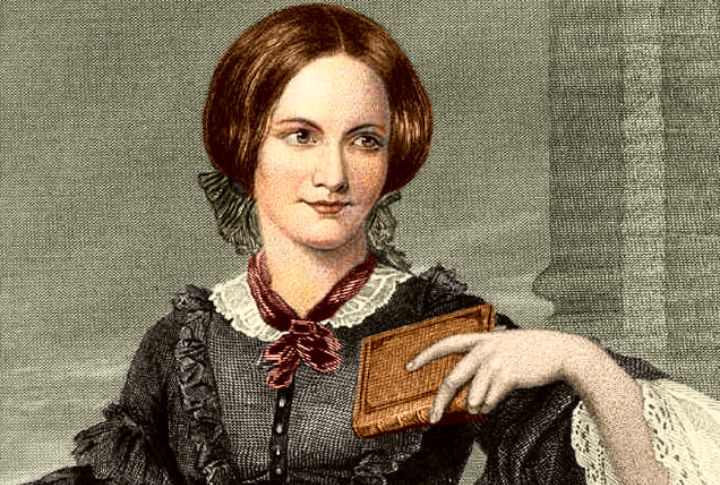
The world didn’t always welcome bold women. In fact, it often punished them. But some women refused that script so completely, they stepped into another role entirely: a man’s. Passing as men gave them access to worlds they’d been told were “never theirs,” and in those spaces, they excelled beyond measure. So, get ready—because the 10 women you’re about to meet didn’t just cross the line, they obliterated it.
Margaret Ann Bulkley
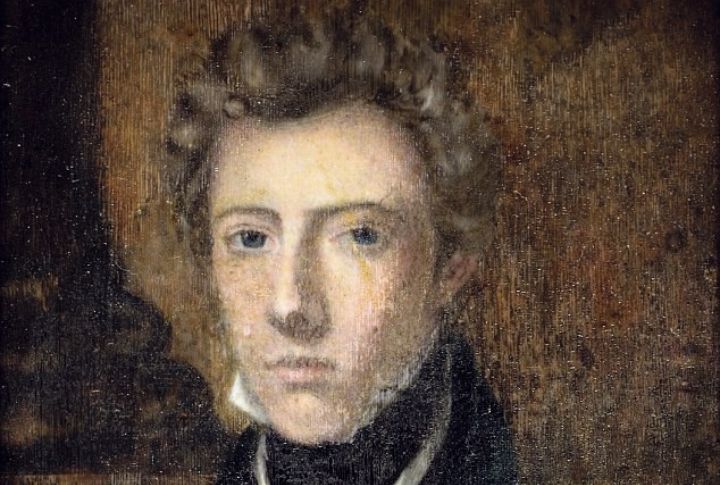
In the early 1800s, Margaret Ann Bulkley became “Dr. James Barry,” adopting a male persona to enter medical school. Over five decades, she served as a pioneering British Army surgeon and Inspector General, and championed public health reforms across the Empire. Only in death did the truth of her identity emerge.
Charlotte Bronte
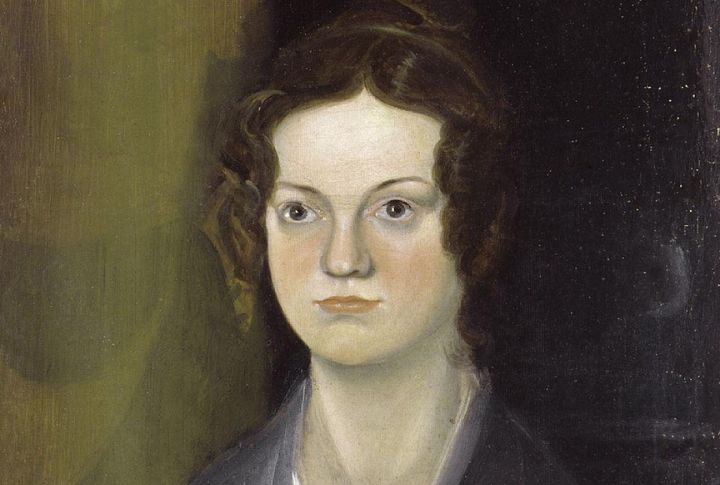
Think of Charlotte Bronte as a nineteenth-century literary prankster. She sent “Jane Eyre” into the world under “Currer Bell,” and dared critics to guess the truth. Her sisters Emily and Anne used male pen names too. Their combined voices reshaped English fiction and chipped away at the entrenched gender bias of their time.
Deborah Sampson
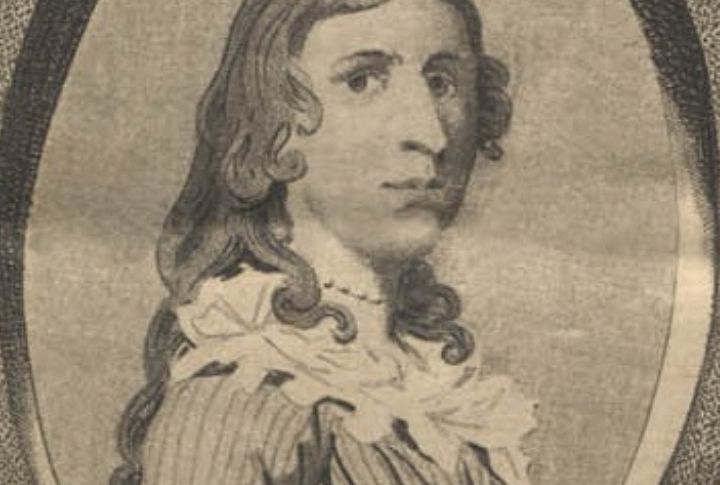
Determined to defend, Deborah Sampson donned the identity of “Robert Shurtliff” and enlisted in the Continental Army. She fought in the Hudson Valley and even removed bullets from her own body to keep her cover. Illness unmasked her, yet she still earned a pension and a rare place in military records.
Mary Edwards Walker
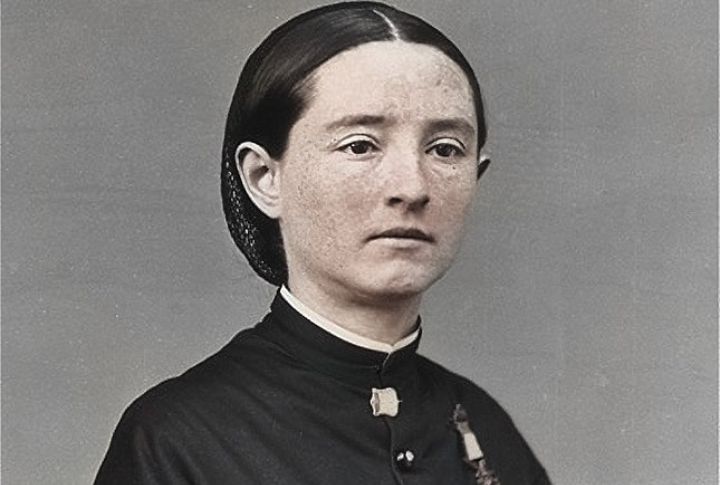
In the Civil War, Mary Edwards Walker crossed battle lines, not just metaphorically. Dressed in male uniforms, she worked as a surgeon, endured capture, and earned the Medal of Honor. When peace came, she ditched dresses for good and continued wearing men’s suits publicly to challenge gender norms.
Hannah Snell
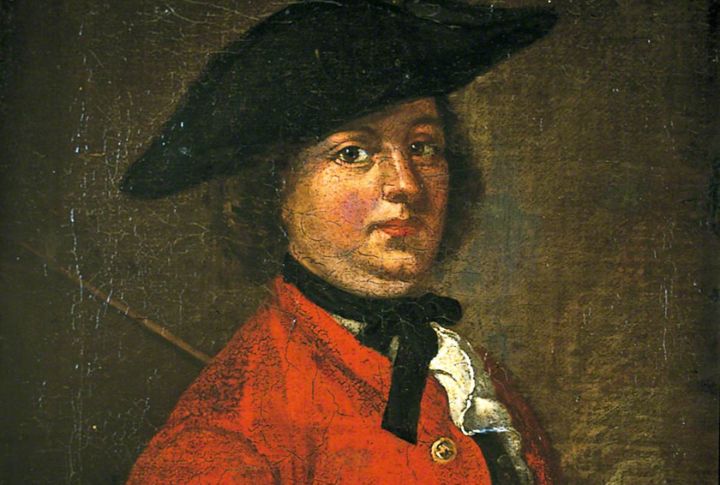
The Royal Marines thought they’d enlisted a young man. In reality, they’d hired Hannah Snell: a fearless fighter who faced the siege of Pondicherry and shrugged off serious wounds. After revealing the truth, she earned both a pension and celebrity status.
Sarah Emma Edmonds
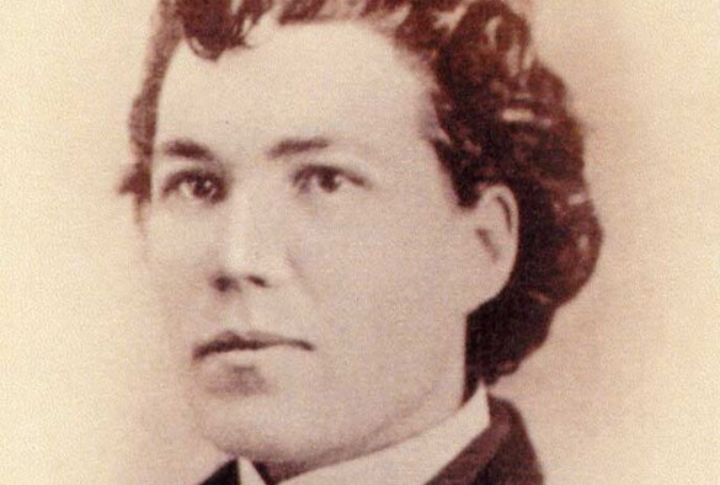
Under the alias “Franklin Thompson,” Sarah Emma Edmonds served the Union Army as a nurse—and, by her own account, as a spy in shifting disguises. Her memoir chronicled those covert adventures. Decades later, she received a veteran’s pension and was laid to rest with full military honors.
Dorothy Lawrence
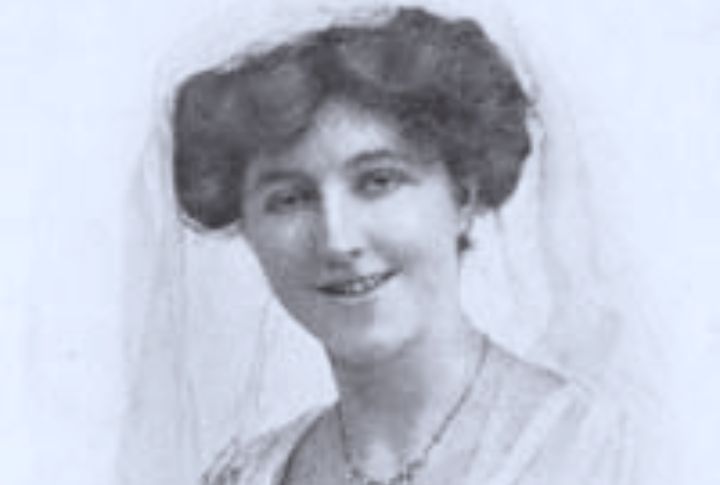
Dorothy Lawrence didn’t wait for permission to cover the war. Instead, she bound herself into a uniform, adopted the name “Denis Smith,” and entered the trenches. Once unmasked by military authorities, she turned her story into a memoir that spotlighted the harsh limits placed on female reporters.
Cathay Williams
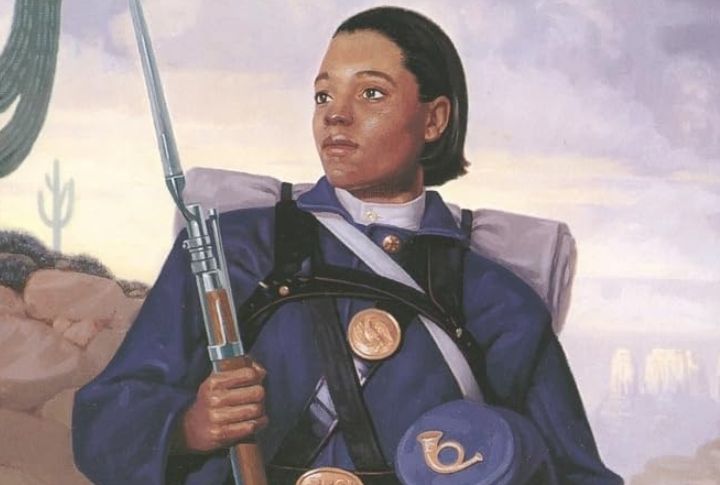
Cathay Williams, disguised as “William Cathay,” joined the Buffalo Soldiers after the Civil War. She served nearly two years before her true identity came to light. In doing so, she broke through the barriers of both race and gender, leaving a bold mark on U.S. military history.
Jeanne Baret
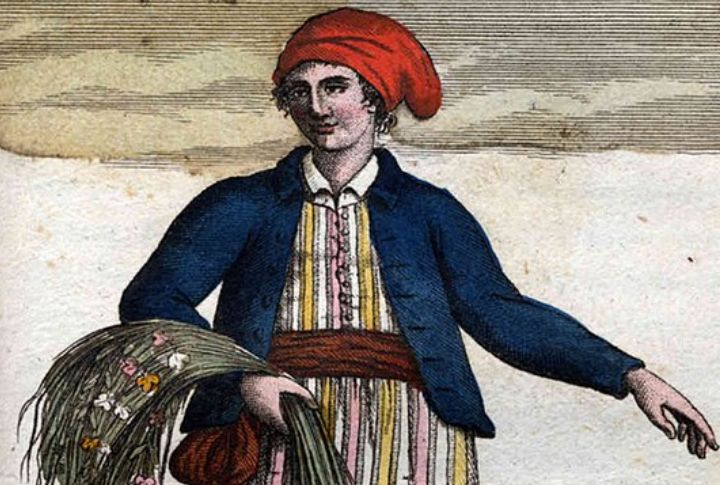
In 1766, Jeanne Baret became “Jean Baret” to sneak onto a French expedition that banned women. Partnering with botanist Philibert Commerson, she helped collect over 6,000 plant specimens. Mid-voyage, the crew discovered her and left her in Mauritius, yet she went on to make history as the first woman to circumnavigate the globe.
Catalina De Erauso
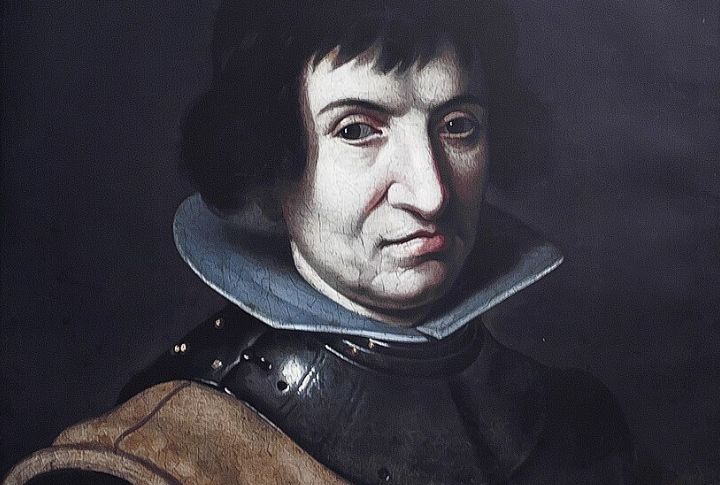
Notwithstanding her upbringing in a convent, Catalina de Erauso reinvented herself as “Antonio” and charged into the colonial wars of Peru and Chile. After revealing her biological identity to the Pope, she was granted permission to continue dressing and living as a man. And ultimately, she shifted the boundaries of gender in the 17th century.

